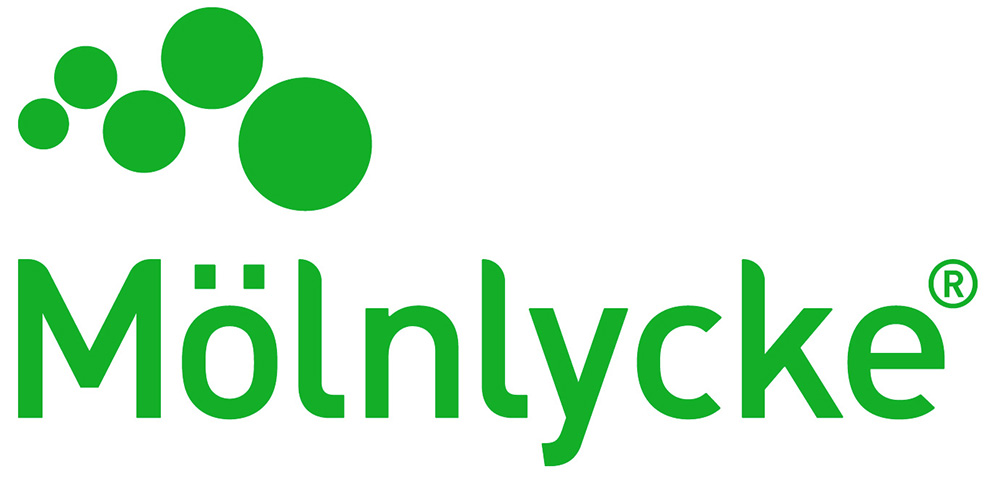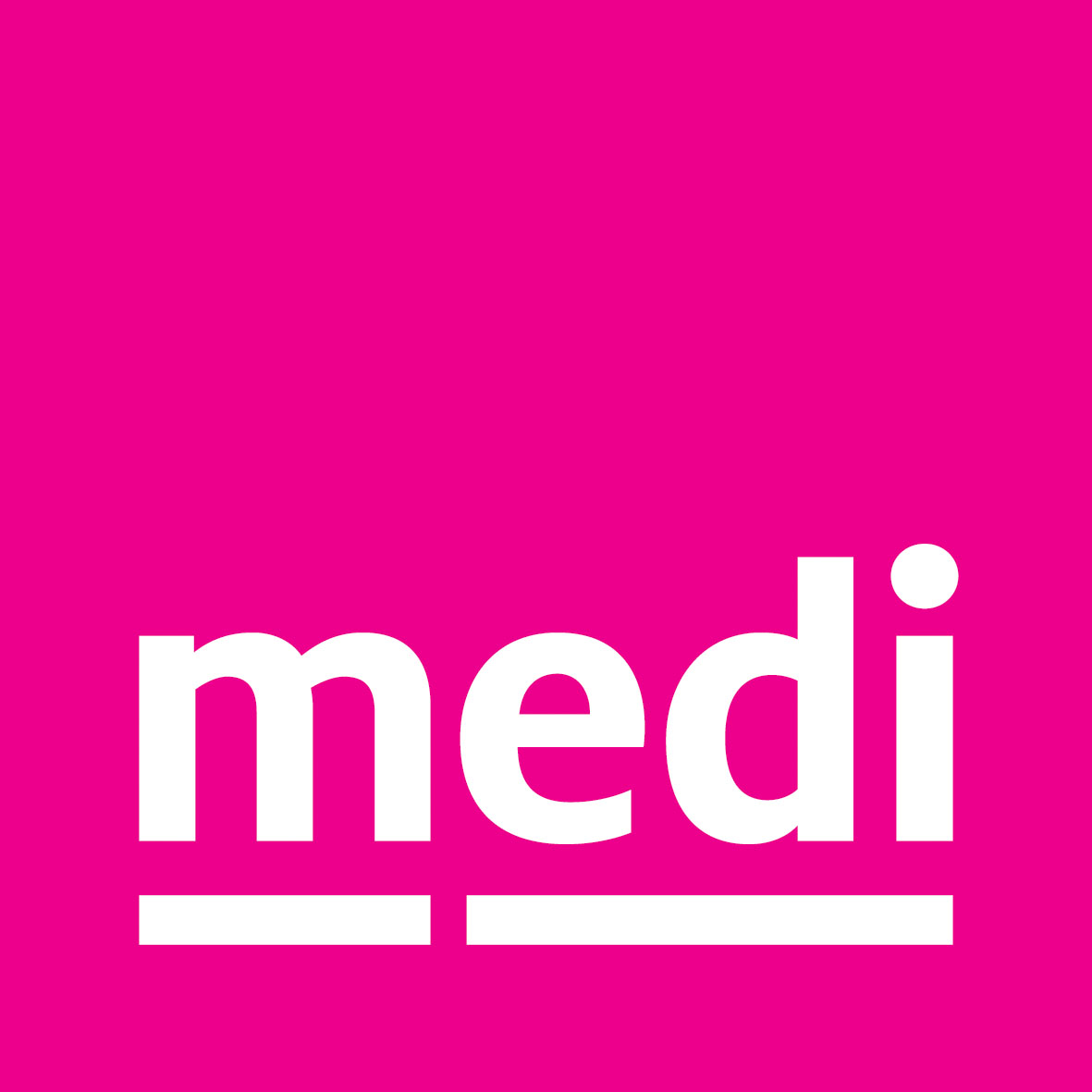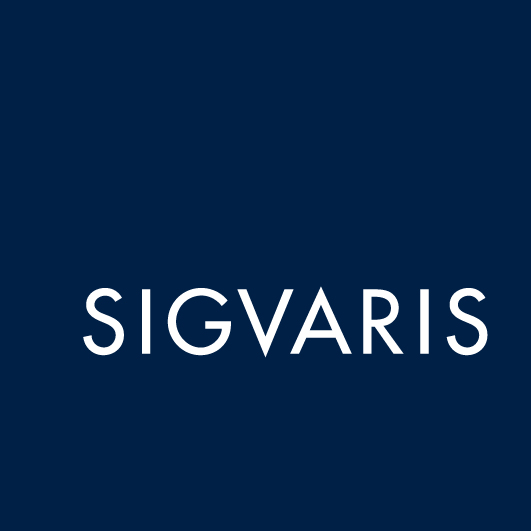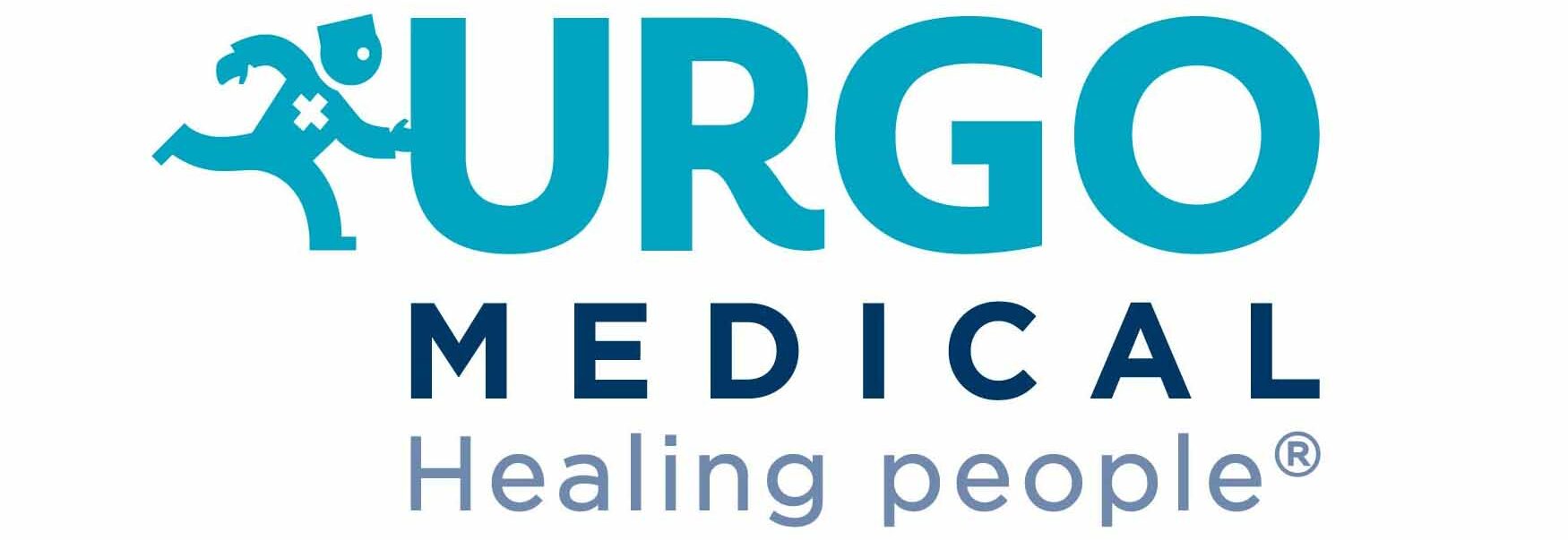Liam Christopher Stout

Liam is a registered nurse and surgical advanced clinical practitioner with over 17 years of experience at Huddersfield Royal Infirmary, specialising in colorectal surgery. His expertise includes both the acute and chronic management of skin and soft tissue abscesses.
Liam holds an advanced nursing diploma from the University of Leeds, as well as qualifications in advanced scrub practice and independent prescribing from the University of Huddersfield. He also earned a master’s degree in surgical practice from the University of Salford, where he is currently pursuing his doctoral studies.
Passionate about enhancing the care and outcomes for this diverse patient group, Liam is dedicated to innovating and advancing clinical practice in this field.
Free Paper Presentations (Research) at The Society of Tissue Viability 2025 Conference
The Skin and Soft Tissue Abscess Severity Assessment Tool (SSTA-SAT). Knowledge and innovation from a doctoral research study
Abstract
Background – Purulent skin and soft tissue abscesses (SSTA) are a capricious subset of skin and soft tissue infections that can develop in any anatomical location and range in levels of clinical severity, often requiring definitive surgical intervention.
Despite the availability of assessment tools guiding the classification and treatment of other skin and soft tissue complaints (pressure ulcers, skin tears), there remains a pressing need for an acceptable tool to categorise and promote diverse management strategies across the spectrum of SSTA presentations. Historically, SSTA assessments rely on generic interpretation and pattern recognition. This passivity currently drives a one-size-fits-all management approach with risks to patient health, professional practice, and institutional sustainability.
Methods – To examine the core values, beliefs, and experiences of patients (n=3), nurses (n=5), clinicians (n=6), and professional stakeholders (n=5) in the management of SSTAs, a scoping review and eight focus groups were conducted between November 2023 and May 2024 as part of a professional doctorate. The focus groups were semi-structured, with questions on socio-cultural interpretations and challenges across the SSTA management journey.
Results – By employing a Critical Realist Thematic Analysis approach, causal mechanisms were identified. It became evident that SSTA assessment incorporates both subjective and objective data, which informed personal and clinical decision-making.
Based on these findings, criteria for the active assessment of SSTA severity were developed, and a novel SSTA Severity Assessment Tool (SSTA-SAT) was generated. Assessment factors include diagnostic ultrasound imaging, SSTA size and skin changes, patient and pathophysiological risk factors, patient demographics, physical, emotional, and holistic experiences, and early warning scores (NEWS).
Conclusions – The SSTA-SAT represents a paradigm shift in the management of SSTAs. It allows patients and professionals to actively contribute to a detailed and individualised assessment process, recognising objective and subjective frames of reference. Recognising SSTA severity on a spectrum addresses the needs of today’s patient population and will promote diverse management practices beyond ritualism.
The potential impact of the SSTA-SAT is significant, and future studies will aim to evaluate and validate it through a prospective cross-site mixed-methods survey, ultimately invigorating practices of active SSTA assessment and management.
Skin and soft tissue abscess flare: a contemporary definition for interpreting erythema
Abstract
Background – The absence of any widely adopted assessment tool makes the assessment of erythema in Skin and Soft Tissue Abscesses (SSTA) variable and prone to variation by health care practitioners. SSTA assessments are often passive activities that rely on historical pattern recognition and assume a cognitive professional connection between erythema and redness. In contemporary skin research, the term erythema demonstrates skin tone bias and potentially may lead to insufficient clinical management and outcomes in SSTA patients with darker skin.
Methods – As part of a doctoral study examining the sociocultural interpretations of SSTA management, nurses (n=5) and clinicians (n=6) engaged in four qualitative semi-structured focus groups from November 2023 to May 2024. Interactive discussions prompted professional reflection on how erythema is defined and the connotations of such presentations in patients with SSTAs in darker skin.
Results – Using Critical Realist Thematic Analysis, causal mechanisms were unveiled. Amidst various diagnostic terms, erythema emerged as particularly contentious, highlighting an illogicality of learned cognitive associations when assessing this presentation across a diverse patient demographic. Redness was found to be an exclusive marker of clinical severity and operative decision-making when identified in lighter skin tones. Proffering little clinical guidance for those with darker skin tones, these insights generated a recommendation to adopt the term SSTA flare as a contemporary definition and understanding of erythema in SSTA assessment. This novel definition recognises patient diversity and provides clinical and holistic parameters to aid a broader clinical assessment beyond explicit objectivity.
Conclusions – There is a pressing need for more inclusive and accurate assessment methods for erythema in SSTAs to facilitate appropriate assessments and management, particularly those with darker skin tones. Recognising the limitations of existing practices and the biases inherent in traditional definitions, the term SSTA flare will assist a clinical cognitive disconnect from historical associations. The potential impact of this change is significant and has already been incorporated into a novel SSTA severity assessment tool. A prospective cross-site mixed-methods survey will aim to evaluate and validate the definition across real-time SSTA assessments, evolving SSTA clinical practice, and challenging institutional culture.














